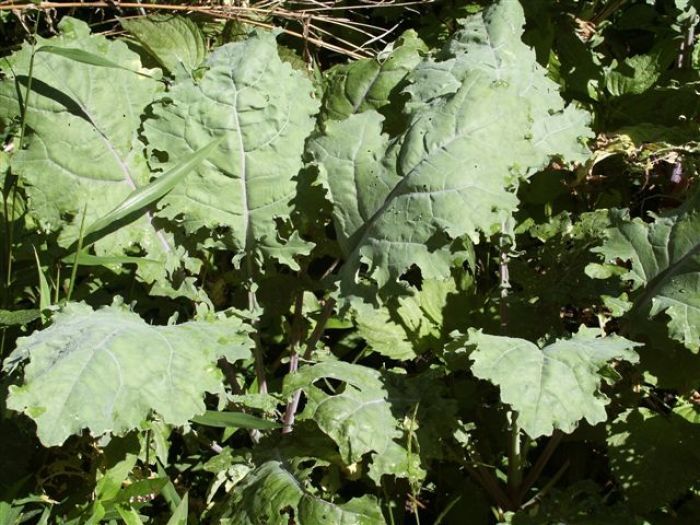
Just because fall is in the air, it doesn’t mean that the gardening season is over. In fact, for some crops it has just begun. The Brassicas, which have been referred to as “cole crops” for centuries, love the cooler fall weather in my Zone 7 garden. Plant them now, along with lettuces and other salad greens, and enjoy them in the months to come. Before we get a frost, I cover them with floating row cover, which protects them and gives a longer harvest season.
| A toboggan-full of spuds! |
It is the first week of September and we are still harvesting tomatoes and peppers galore. Last week, we dug the potatoes–we only planted one row this year–so it isn’t a big crop. There are enough to fill the toboggan. I use the toboggan for garlic and onion harvest too. It is easy to drag about on the grass and right into the garden wherever we are digging, and there is lots of room to spread the produce out. Since the alliums have to cure, I can move the heavy load about easily–under cover during the night so they don’t get dew on them and no critters get into them–and back out under the shade tree for good air circulation during the day.
Homegrown potatoes are sweet and tasty. After rinsing off most of the dirt, we left them overnight to dry. Then we divided them into larger and smaller sizes and put them in cardboard boxes. The boxes are closed so that light does not get in, yet there is plenty of airspace. We store them in our basement in the coldroom; the coolness and darkness help to store them longer, and keep them from sprouting and/or turning green. If potatoes are exposed to light, they will turn green–you shouldn’t eat the green part–so peel it off; or if the whole potato is green, put it in the compost. According to Anahhad O’Connor in the article, The Claim: Green Potatoes Are Poisonous, written for the New York Times: “The reality is that green potatoes contain high levels of a toxin, solanine, which can cause nausea, headaches, and neurological problems.”
| Cabbage transplants. |
So the potatoes were dug, leaving overturned earth space in the garden to plant the next crop. My neighbor, Denise Sharp, has a greenhouse business. She grows all sorts of annuals and perennials, bedding plants, heirloom vegetables and fruits, herbs, and flowers from seed, and she takes orders from local businesses, nurseries, farm stands, garden clubs, and organizations, and she grows flats of plants for them. She also sells retail (www.sharpfarm.com). She grows out most of the herb plants for the Potomac unit of the Herb Society of America (of which I am a member) for our very successful plant sale and I am very fortunate to have her for a friend and gardening colleague. She let me start 20 different kinds of Calendula when it was Herb of the Year, and this past summer we grew out nine different dills, since it is Herb of the Year for 2010. I had just seen her recently and she let me know that she had plenty of the brassicas ready for transplanting.
| Always be sure to water the transplants in well. |
| The horihori is my favorite gardening tool for transplanting. |
Yesterday, I went over and got a flat of assorted cellpacks–broccoli, three kinds of cabbages, cauliflower, collards, chard, and two types of kale. This morning the moon was right for planting aboveground crops and it was full just after noon, so I needed to get them planted before the moon changed to root. So I used my garden rake to level out the soil and get rid of extraneous weeds. Then I used my two-sided hoe (which is one of my most-used garden tools) to dig two rows of alternating holes for the transplants. I added a mix of aged compost, manure, and a little organic fertilizer to each hole.
Then I sat on my rear end (knee surgery last November so I’m not kneeling much) and scooted along down the row as I planted each plant. I use my most favorite gardening tool for transplanting; it is called a horihori and is also known as a Japanese weeding knife. I work the amendments into each
hole, then take the plants from the cellpack and loosen up their rootballs so they can send roots out in all directions once they are in the earth. I tend to leave a slight depression around each plant so that it holds the water when they are watered in. A gardener’s rule is never to transplant a plant without watering it in right away. I had previous plans, so I asked my husband Tomaso to do this while I ran inside to shower.
Next stop: Ireland
I was meeting my mom and my sister to go over our final itinerary for Ireland. My other sister is flying in from Oregon tomorrow and we are heading off to the Emerald Isle on Monday for two whole weeks! Needless to say, we are excited. We have spent countless hours planning this trip; my mom is half McCleary, so we are going in search of our roots, gardens, Guiness, food, amazing landscape, historic and natural sites, and more. There are more gardens on my list than we can possibly see, lots of markets, some organic farms, peat bogs, the Burren, rock formations, oceans and lakes, national parks, and on and on…
| Well-worn wellies, my favorite boots. |
They say we’ll need raincoats and boots since we’ll be mucking about and I’d probably be right at home in my “wellies,” except as you can see–they are quite worn (about 12 or 15 years old)–they’ve lost their buckles and I used an inner-tube patch to cover a slash that was letting water seep in. Also, they are a bit bulky to carry in my suitcase. I ordered a pair of “Bog Boots” that are quite spiffy and waterproof and come about mid-calf , so I am all set to go–well other than packing! My plan is to take lots of photos and blog to you all from the road (driving on the other side!) in Ireland. I hope that you will find that gardening reports from Ireland are fun and exciting. I’ll be in touch; meanwhile if you haven’t put in your fall cole crops, you better get busy. I plan on eating quite a bit of Colcannon (a dish of mashed potatoes prepared with chopped cooked kale or cabbage)–just what I have recently harvested and planted in my home garden–and I will be sending you a recipe for this traditional dish.


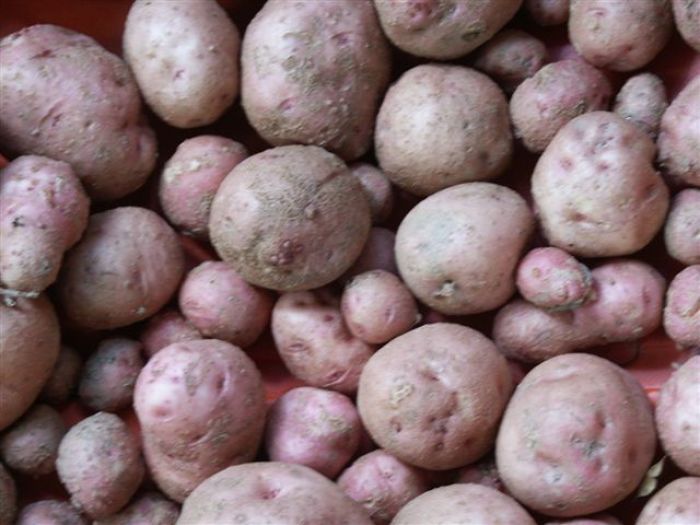
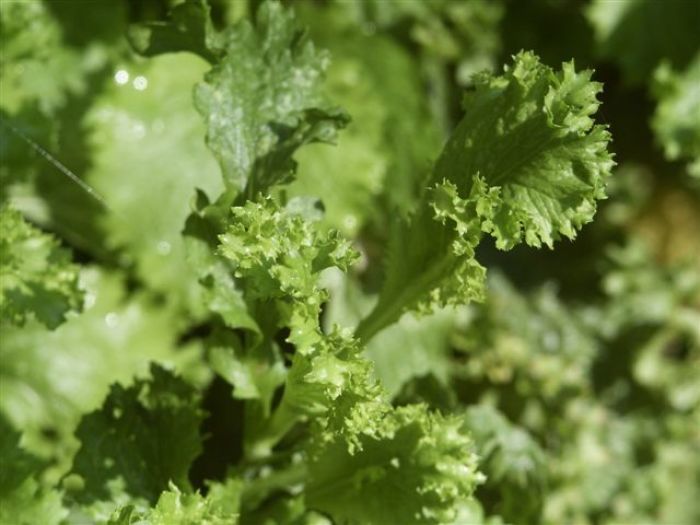
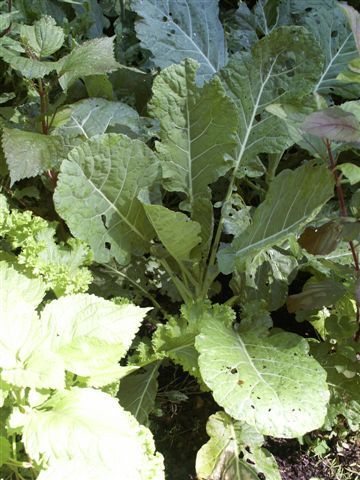
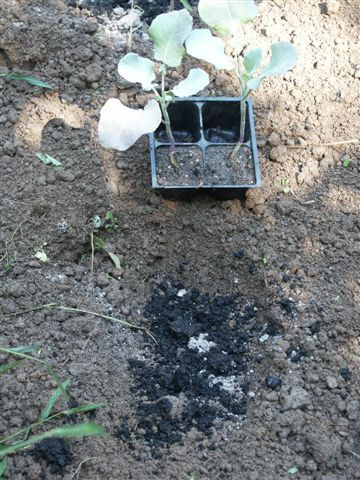
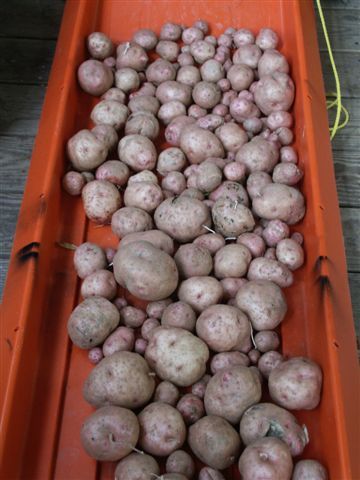


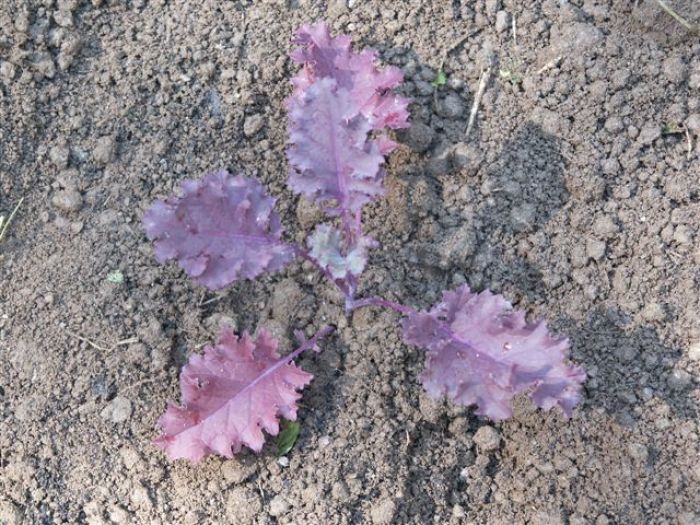

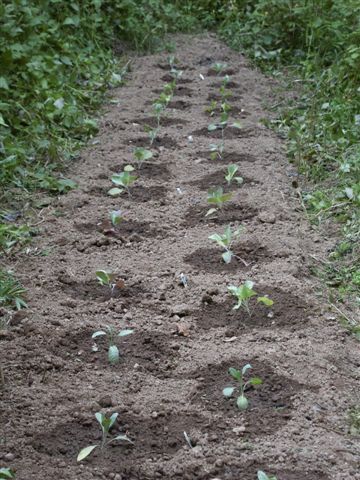

















Comments
Log in or create an account to post a comment.
Sign up Log in